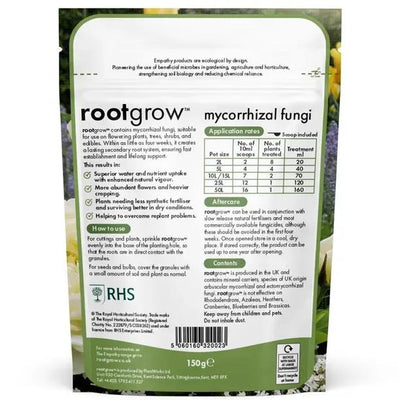White Willow Sapling Trees
The White Willow, Salix alba, is a large native tree found growing on damp ground and riverbanks all over the country. The lance shaped, green leaves have a slight silver-grey tint. It'll tolerate coastal sites with brackish water, but not pure seawater.
Salix alba isn't suitable for a clipped hedge. It can be grown as a tall windbreak and screening tree up to about 25 metres high.
View our selection of willow hedging or see our full range of hedging plants.
White Willow plants are only delivered bareroot, during winter (Nov-March).
All of our young trees and shrubs are measured by their height in centimetres above the ground (the roots aren't measured).
General description of Salix alba plants:
This tree is a lovely choice for waterside planting. One of the larger willows, it's has a full canopy with side branches all the way down the trunk that support plenty of wildlife. The main trunk and big branches are mostly upright, with drooping smaller branches that create a billowing canopy on mature trees. The young, narrow leaves have a silvery coating of hairs which remains on the underside as they develop, which is where the name White Willow comes from.
White Willow catkins appear after the leaves have begun to appear in spring, a bit later than those of some other willows, but they're still quite visible. They provide a good food source for bees at a time when the size of their hives is increasing. On female trees, the yellow catkins will lengthen and release lots of little seeds that waft away on fine, wispy hairs.
History & Trivia
Willow extract has been used to alleviate pain since ancient times; Hippocrates described how to used powdered willow bark for headaches and fevers. In the 1800's, the chemicals in willow that gave this pain relief were identified and led to the discovery of Aspirin.

 Secure, One-Tap Checkout
Secure, One-Tap Checkout
 Hand Picked, Delivered to Your Door!
Hand Picked, Delivered to Your Door! 1 Year Bareroot Guarantee
1 Year Bareroot Guarantee











